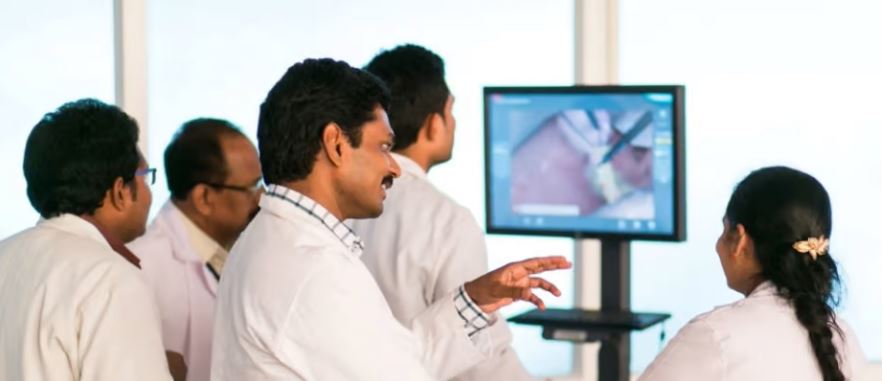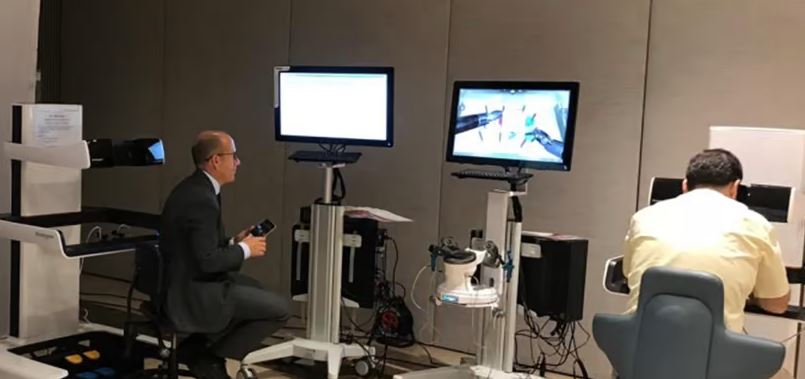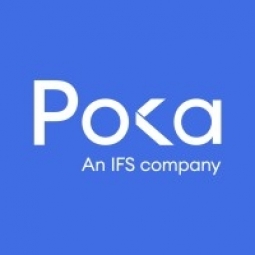技术
- 网络安全和隐私 - 入侵检测
- 功能应用 - 制造执行系统 (MES)
适用行业
- 教育
适用功能
- 维护
用例
- 添加剂制造
- 制造过程模拟
服务
- 系统集成
- 培训
关于客户
百乐嘉利宝 (Barry Callebaut) 是一家总部位于苏黎世的高品质巧克力和可可产品全球领导者。该公司在巧克力行业拥有超过 175 年的历史,在全球拥有 64 家制造工厂,拥有超过 12,500 名员工。百乐嘉利宝致力于维持以操作员为中心的文化,一线员工被赋予权力并自主执行工作并成为解决方案的一部分。公司重视开放式沟通和解决问题,并致力于组织层面的持续改进和学习。
挑战
百乐嘉利宝 (Barry Callebaut) 是高品质巧克力和可可产品的全球领导者,在全球 64 家制造工厂保持开放式沟通和解决问题方面面临着挑战。该公司在日常运营中严重依赖现场巡视和团队委员会,这使得管理层和职能专家能够为操作员提供支持并解决问题。然而,跟踪问题并联系合适的人寻求解决方案是一项复杂的任务。此外,该公司需要确保在一个工厂找到的解决方案在所有站点之间共享,以供整个组织范围内的学习。另一个挑战是需要实时信息访问以进行有效决策。该公司开始录制团队会议并在工厂中分享,以提高 COVID-19 大流行期间的可视性,但需要一个更强大的解决方案来进行数据驱动的决策。
解决方案
百乐嘉利宝 (Barry Callebaut) 实施了 Poka(一个互联工作人员平台),以简化沟通和解决问题。 Poka 让跟踪问题和找到合适的人来解决问题变得更加容易。它还促进了不同站点之间解决方案的共享,促进了组织层面的学习。该公司还将 Poka 与其制造执行系统 (MES) 集成,以访问生产线的实时传感器数据,从而实现快速且有数据支持的决策。 Poka 还通过授权一线员工并赋予他们执行工作和成为解决方案一部分的自主权,培育了一种以操作员为中心的文化。该平台集中了所有通信和知识,提高了可见性并促进了协作。它还促进了更快的问题解决以及标准的一致更新和记录,从而创建了持续的改进周期。该公司还投资于培训和后续工作,以确保 Poka 的成功采用。
运营影响

Case Study missing?
Start adding your own!
Register with your work email and create a new case study profile for your business.
相关案例.

Case Study
Revolutionizing Medical Training in India: GSL Smart Lab and the LAP Mentor
The GSL SMART Lab, a collective effort of the GSL College of Medicine and the GSL College of Nursing and Health Science, was facing a challenge in providing superior training to healthcare professionals. As clinical medicine was becoming more focused on patient safety and quality of care, the need for medical simulation to bridge the educational gap between the classroom and the clinical environment was becoming increasingly apparent. Dr. Sandeep Ganni, the director of the GSL SMART Lab, envisioned a world-class surgical and medical training center where physicians and healthcare professionals could learn skills through simulation training. He was looking for different simulators for different specialties to provide both basic and advanced simulation training. For laparoscopic surgery, he was interested in a high fidelity simulator that could provide basic surgical and suturing skills training for international accreditation as well as specific hands-on training in complex laparoscopic procedures for practicing physicians in India.

Case Study
IoT platform Enables Safety Solutions for U.S. School Districts
Designed to alert drivers when schoolchildren are present, especially in low-visibility conditions, school-zone flasher signals are typically updated manually at each school. The switching is based on the school calendar and manually changed when an unexpected early dismissal occurs, as in the case of a weather-event altering the normal schedule. The process to reprogram the flashers requires a significant effort by school district personnel to implement due to the large number of warning flashers installed across an entire school district.

Case Study
Implementing Robotic Surgery Training Simulator for Enhanced Surgical Proficiency
Fundacio Puigvert, a leading European medical center specializing in Urology, Nephrology, and Andrology, faced a significant challenge in training its surgical residents. The institution recognized the need for a more standardized and comprehensive training curriculum, particularly in the area of robotic surgery. The challenge was underscored by two independent studies showing that less than 5% of residents in Italian and German residency programs could perform major or complex procedures by the end of their residency. The institution sought to establish a virtual reality simulation lab that would include endourological, laparoscopic, and robotic platforms. However, they needed a simulator that could replicate both the hardware and software of the robotic Da Vinci console used in the operating room, without being connected to the actual physical console. They also required a system that could provide both basic and advanced simulation training, and a metrics system to assess the proficiency of the trainees before they performed surgical procedures in the operating theater.

Case Study
Edinburgh Napier University streamlines long-distance learning with Cisco WebEX
• Geographically dispersed campus made in-person meetings costly and inconvenient.• Distance-learning programs in Malaysia, India, and China required dependable, user-friendly online tools to maximize interaction in collaborative workspaces.• Virtual learning environment required a separate sign-in process, resulting in a significant administrative burden for IT staff and limited adoption of collaboration technology.

Case Study
8x increased productivity with VKS
Before VKS, a teacher would spend a lot of time showing a group of 22 students how to build a set of stairs within a semester of 120 hours. Along with not leaving the teacher much time to provide one-on-one support for each student to properly learn carpentry, it also left a considerable amount of room for error. Key information would be misinterpreted or lost as the class was taught in the typical show-and-tell way.

Case Study
Scalable IoT Empowering GreenFlex's Sustainable Growth
GreenFlex, a company that supports sustainable development, decarbonization, and energy efficiency, faced several challenges in its quest to expand its business. The company needed to deploy a robust and sustainable IoT technology to support its growth. It was crucial for them to monitor and control devices at customer sites in a safe and reliable manner. They also needed to integrate devices across a range of communication protocols and gather and act on data to meet efficiency targets. GreenFlex had previously built IoT capabilities into its digital platform, GreenFlexIQ, to monitor and manage customer sites remotely. However, they soon realized that they needed a new platform to support their ambitions. They needed a platform that could scale to connect more devices for production management and make it easier for the operations team to manage devices in the field.







